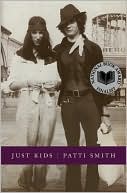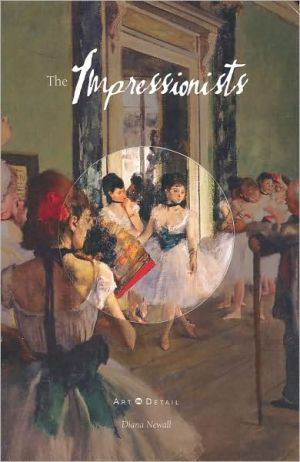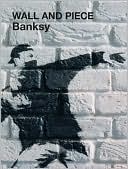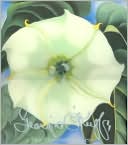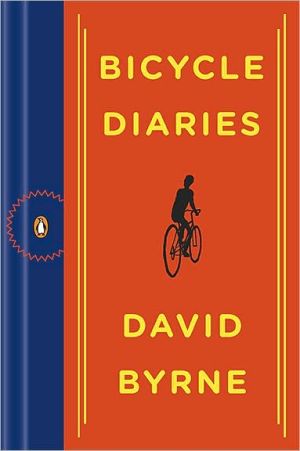Italian Baroque Sculpture (World of Art)
The sculptural flowering of the Italian Baroque - the sensuous beauty of Bernini's Apollo and Daphne; the spectacular papal tombs in St. Peter's; dramatic altarpieces such as the mystical Ecstasy of St. Teresa; and Rome's dazzling fountains - boldly transcended the traditional limitations of artistic media. Often dismissed in the past for creating a sham world to distract the observer's attention with dazzling technical displays, the sculpture of seventeenth- and eighteenth-century Italy is...
Search in google:
The sculptural flowering of the Italian Baroque - the sensuous beauty of Bernini's Apollo and Daphne; the spectacular papal tombs in St. Peter's; dramatic altarpieces such as the mystical Ecstasy of St. Teresa; and Rome's dazzling fountains - boldly transcended the traditional limitations of artistic media. Often dismissed in the past for creating a sham world to distract the observer's attention with dazzling technical displays, the sculpture of seventeenth- and eighteenth-century Italy is here reassessed for the first time in more than a generation. Published to coincide with the fourth centenary of the births of Bernini and Algardi, the greatest of Baroque sculptors, Bruce Boucher's book provides an invaluable critical survey of Italian Baroque sculpture.BooknewsWith the aid of 184 photographs in black-and-white and color, Boucher (art history, University College, London) discusses the origins of baroque sculpture, portraiture, fountains and garden sculpture, the "bel composto" ("beautiful synthesis," a combination of painting, sculpture, and architecture), reliefs and sculptural altarpieces, ephemeral decorations and small works of art, and the transition from the late baroque period into neoclassicism. Annotation c. by Book News, Inc., Portland, Or.
\ BooknewsWith the aid of 184 photographs in black-and-white and color, Boucher (art history, University College, London) discusses the origins of baroque sculpture, portraiture, fountains and garden sculpture, the "bel composto" ("beautiful synthesis," a combination of painting, sculpture, and architecture), reliefs and sculptural altarpieces, ephemeral decorations and small works of art, and the transition from the late baroque period into neoclassicism. Annotation c. by Book News, Inc., Portland, Or.\ \


